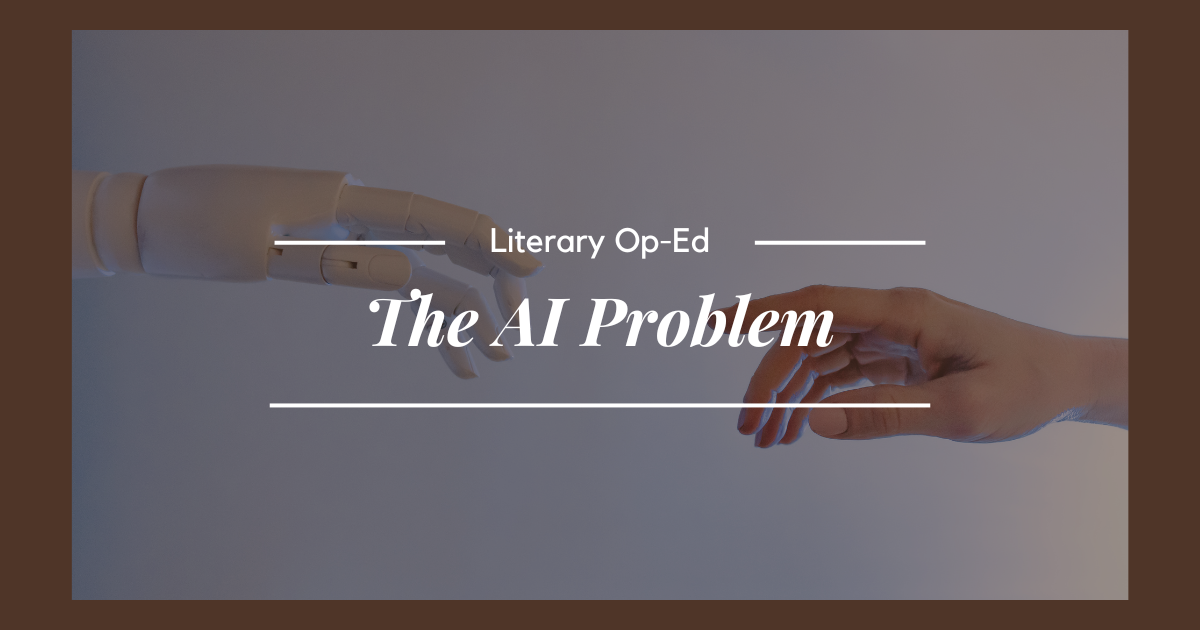If you haven’t heard of AI, I’m genuinely surprised. In the year since the release of OpenAI’s ChatGPT, AI has taken the world by storm…and wracked up its fair share of debates.
Let’s be honest, AI is exciting new technology. Its potential is astounding, and a little scary. When you can’t think of what to say in a text, or how to reword a work email to make it more professional, or where to start on solving a problem, ChatGPT has the answer.
But there’s something a little insidious about this potential, too. It might wipe out some jobs, for one thing, but it might also be jeopardizing artists, too.
Exploitation for some, protection for others.
The biggest concern with AI-generated content is exploitation. When AI uses existing art as a training tool, the artists it learns from are not getting compensated for that usage. The question of consent is huge in this arena, and if artists haven’t consented to this and the owners of the AI are profiting from it, this is essentially theft. This was a major part of the recent actors and writers strike.
Several authors are suing OpenAI for using their books to train ChatGPT. But many speculate about whether the suit will be successful, and even whether it will actually benefit OpenAI in the same way Spotify benefitted from getting sued in 2015.
But on the other hand, there may be people adjacent to this debacle who can benefit on the whole from AI art. The most interesting argument I’ve heard is about the protection of children. The ethics of employing children in media has been a long-running debate, as children aren’t old enough to understand what they’re signing up for. By using AI-generated art in cases like stock photos, companies don’t have to exploit real children. Food for thought.
AI “art” is not actually art.
AI systems like ChatGPT are not thinking, feeling beings – they’re probability machines. Therefore, it’s not spitting out artwork with any message or meaning intended, it takes the prompt entered by the human and generates something that is most likely to meet that criteria. That’s it.
To that end, AI-generated art actually can’t be copyrighted. Therefore, anyone can use and reuse any media created by AI in whatever way they see fit.
Which leads to the question: Is AI-generated art even valuable? That’s a tough question to answer. If it required no real skills, time, or consideration, that might imply less inherent worth.
Knowing all this, I would never read a completely AI-generated book.
And there’s really a simple reason why. As I said earlier, AI tools are just probability machines that rely on existing media. Which means any book or story concept AI could create is based on already existing books. It is incapable of “thinking,” therefore it’s also incapable of coming up with wholly new ideas or unique characters and plots.
Why wouldn’t I just read the books it based its learning on? They already exist. And reading them would support real humans instead of computers.
AI as a tool.
The train isn’t stopping now, though. As with the advent of the Internet, there’s no going back – the future is AI. So how do we deal with this new reality, embrace it even, without compromising on our values?
The same way we dealt with the invention of calculators. We first learned how to do math in school without the calculator, and then as we got older, they taught us how to use calculators, too. And ultimately, we could go farther, faster because of the new tool – not because the tool did all the work for us but because we used it in conjunction with everything else.
It’s still early days for this technology. There’s no set path in front of us yet, but as society accepts it more and more, people will weigh the risks and establish a learning plan. For now, we have be conscious of the media we consume and the ways in which we decide to use AI in our everyday life.
Check out some of my other recent blogs:
I would love to have you around! Subscribe below.








